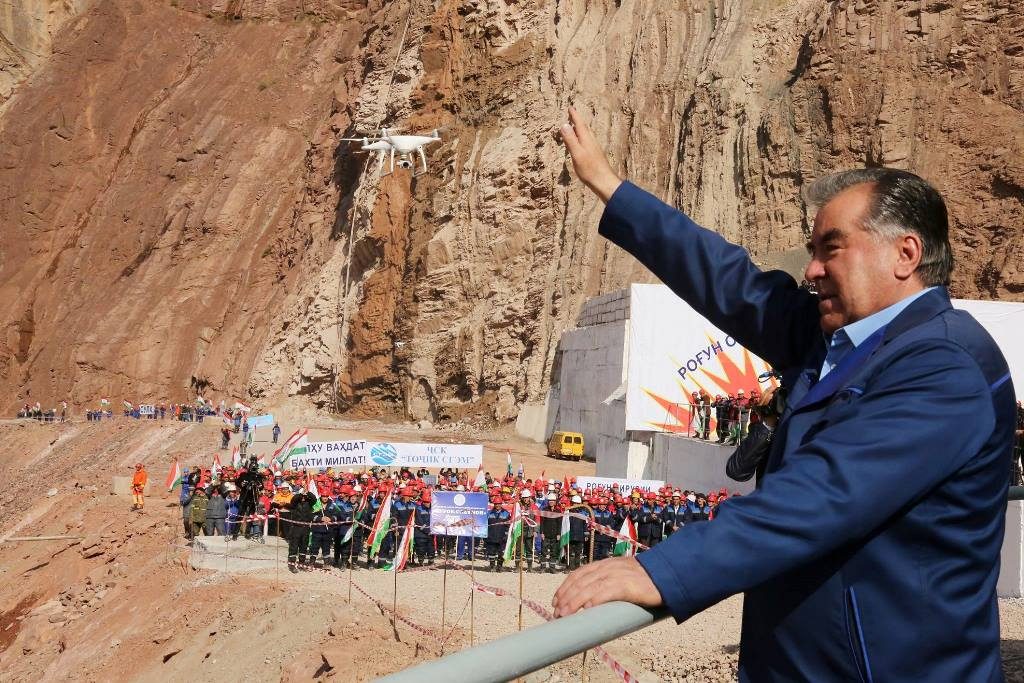On December 17, the World Bank Board of Directors approved USD 350 million grant to Tajikistan to complete the tallest dam in the world – Rogun HPP on the Vakhsh River. This decision was taken despite the project being non-compliant with the World Bank’s Environmental and Social Standards. Kuwait Fund for Arab Development immediately followed up with USD 17 million contribution to the same project. It is expected that the AIIB, ADB, EIB and 5 other financiers will follow the suit without much due diligence, as they rely on the World Bank for environmental and social safeguards. CSOs from many countries, united in Rogun Alert Coalition, have been calling on the financiers to rethink their approach and not to make hasty decisions until available alternatives are carefully considered and all environmental and social documentation brought in accordance with the ESF policy requirements. Lately, regional media published articles on the report What is more efficient than “the tallest dam in the world”? developed by civil society experts to advance discussion on alternative solutions. We republish one of these reviews by atavatan-turkmenistan.com.

Photo: It is expected that the Rogun HPP is going to be named after the Tajikistan’s president Emomali Rahmon for whom it serves as a symbolof long term consolidation of power (to be remembered in history as ” The Pyramid of Rahmon”.)
The international environmental coalition “Rivers without Boundaries” presented its report (in English and Russian) analyzing alternative options for completing the Rogun HPP project in Tajikistan. This report was previously sent to the members of the World Bank’s Board of Directors. This topic was featured on the “rivers.help” site.
According to the authors of the report, making a responsible decision on the optimal option for completing the Rogun HPP on the Vakhsh River is impossible without comparing alternative energy development paths for Tajikistan under current conditions and their associated impacts on nature and society. Without such an analysis, it will be impossible to choose the most effective option to complete the project, which would minimize the risks of negative consequences and maximize the returns on the massive $6.4 billion investment required to construct a 335-meter-high dam.
The report argues that even if the decision is made to fully complete the Rogun HPP with the construction of the world’s tallest dam—currently the option being considered by the World Bank’s Board of Directors—the pressing issues the massive hydroelectric plant is intended to address will remain unresolved. In particular, power outages in Tajikistan will continue, at least until 2036. Building a reservoir of maximum size would greatly increase the risks of negative impacts downstream: on the UNESCO World Heritage Site “Tigrovaya Balka Reserve’s Tugai Forests,” the last populations of critically endangered shovelnose sturgeons in the Vakhsh, as well as the fertile plains along the rivers where at least 7 million people in Tajikistan, Uzbekistan, Turkmenistan, and Afghanistan depend entirely on irrigated agriculture for their livelihoods.
The report convincingly demonstrates that even in today’s realities, such a negative scenario can still be avoided. The same amount of funding, if spent on constructing a lower-height Rogun HPP dam and using the resulting savings to develop solar power plants integrated into a unified energy complex, could significantly reduce the economic, social, and humanitarian damages associated with the Rogun project. For instance, reducing the design height of the Rogun HPP dam by 70 meters would prevent the resettlement of approximately 40,000 local residents, meaning that forced relocation would affect only one-third of the number of people currently planned to be relocated for the construction of the maximum-height dam.

Graph: Relationship between expected annual electricity production and necessary resettlement. 8 options for completion the Rogun dam and reservoir considered from the tallest (#1, 1290 meters asl) to decommission (#8). Smaller dam options (1255, 1240, 1220) would produce 10-30% less electricity, but would save from resettlement 50-80% of people yet to be displaced. Source: RwB interpretation of the Rogun HPP Project data.
Preliminary estimates by the “Rivers without Boundaries” coalition clearly show that a combination of large-scale solar power development in Tajikistan and completing a scaled-down Rogun HPP could fully cover the country’s winter energy deficit by 2030–2031. Furthermore, diversifying energy sources within Tajikistan’s integrated energy system would significantly reduce risks to the energy sector and economy, increasing resilience to climate change.


